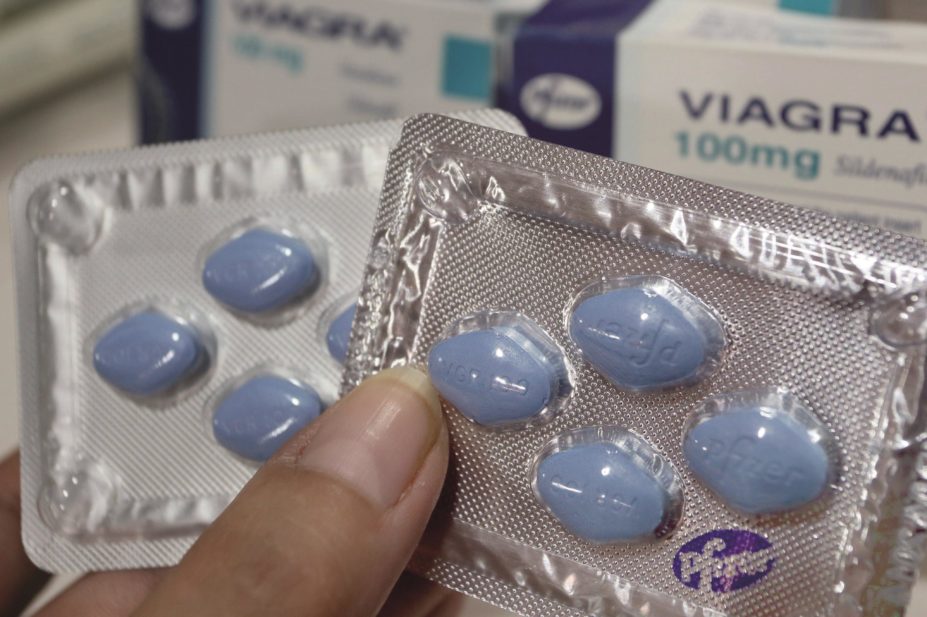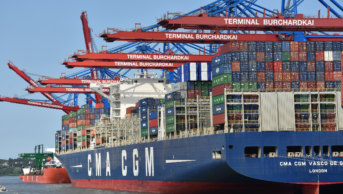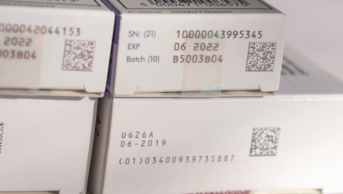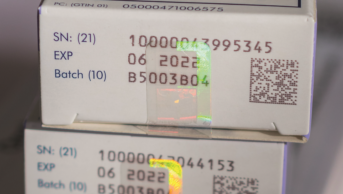
epa european pressphoto agency b.v. / Alamy Stock Photo
An EU regulation that heralds a new system designed to prevent falsified medicines getting into the supply chain has been published by the European Medicines Agency and the European Commission.
The delegated regulation, which appears in the Official Journal of the European Union
[1]
, follows the EU directive[2]
(2011/62EU) originally published in July 2011, which aimed to tighten controls against medicines containing low quality ingredients or drugs in the wrong dosage finding their way into the supply chain and impacting patient safety.
Publication of the regulation is significant, according to Sid Dajani, a member of the Royal Pharmaceutical Society (RPS) English Pharmacy Board, as it marks the start of the countdown for implementation of “pack-level safety features” and the creation of a “national medicines verification service”.
Drug manufacturers have been given a deadline of 9 February 2019 to introduce two new safety features — a unique identifier (a two-dimensional barcode) and an anti-tampering device — Âon the packaging of most prescription medicines and some non-prescription products. The features are intended to guarantee the drug’s authenticity.
The specific products to carry these features will be determined by each individual EU member state. Countries which already have their own medicines authentication systems, such as Belgium, Greece and Italy, have been given extra time to move to the new system.
Verification of medicines bearing these safety features will be expected to take place at the point of dispensing. Wholesalers will also be expected to verify specific medicines thought to be at higher risk of falsification in order to reduce the possibility of these products getting into the supply chain and staying there undetected.
The checks made at the point of dispensing will confirm that the product is authentic, that the anti-tampering device is still intact and the original packaging is still in place.
It’s important to ensure the changes don’t put too much pressure on pharmacists, however, says Dajani. “[Pharmacists] will be the ones implementing this and we need to ensure what’s implemented doesn’t increase risk through excessive workload or bureaucracy, increase waste or introduce risk in other areas of our practice.”
Dajani adds that it is also important that any new ways of working don’t delay the supply of medicines to patients. “Having an efficient system is a must,” he says.
Product barcodes will need to be checked to make sure that the unique identifier is listed in a repositories system to confirm that the medicine comes from a legitimate manufacturer. The unique identifier will contain the product code, the national reimbursement and identification number, the batch number and expiry date.
According to the delegated regulation, the stock checks are expected to take place well before the medicines are dispensed to prevent delays in day-to-day operations. “It should be possible for the member states to allow persons authorised or entitled to supply medicinal products to the public operating within healthcare institutions to perform the verification of the authenticity and the decommissioning of a unique identifier earlier than the time the medicinal products is supplied to the public,” it says.
When the product is supplied to the public, or is distributed outside the EU, the unique identifier on that pack will be decommissioned in the repositories system.
Drug manufacturers will be expected to set up, manage and fund the new system across all EU and European Economic Area countries under the supervision of their member states’ “competent authorities”.
References
[1] Commission Delegated Regulation (EU) 2016/161 of 2 October 2015 supplementing Directive 2001/83/EC of the European Parliament and of the Council by laying down detailed rules for the safety features appearing on the packaging of medicinal products for human use (Text with EEA relevance). Official Journal of the European Union. OJ L 32, 9.2.2016, p. 1–27.
[2] European Commission. Directive 2011/62/EU of the European Parliament and of the Council of 8 June 2011. Official Journal of the European Union. L 174/74 - L 174/87.


